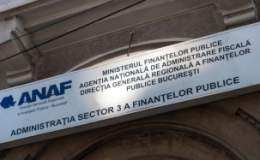In a time when cutting costs is on the objectives list of every company manager, the marketing budget is the first one affected, the companies focusing on production, distribution and sales, said Bogdan Branzas. “But how do you support sales, distribution and production? Through marketing.”
“And then, those who have a two-meter longer vision than others will do that. They will probably shrink the marketing budget, will redirect budgets of certain activities with immediate output, but they will not fully discard them”, said Branzas. The fields that can stand a costs cut are those adjacent to core business – the departments developed in time of economic surplus, and that companies can discard.
Marketing budgets can also be reset, Branzas added. “You start removing non-profit-making activities from a marketing blueprint. On the other hand, I think companies should dig into measures to support the brand in terms of notoriety, identity, market presence, presence on the shelf, in the mind of consumer. To remind him you are there, because others will give up doing this out of fear, and then you gain ground.”
“When everybody sells, you buy”, this is the most appropriate motto in these moments of crisis.
As for the opportunities of investments in crisis, Branzas says it varies from case to case. By definition, rebranding is a process by which a product or service is marketed with a different identity, which may involve changes to the brand’s logo, mission, or the company’s repositioning and must communicate them. If a company is going through these changes, a rebranding will be necessary. If it aims only at re-freshening by changing logo and the wrapping, it can wait.
“For FMCG an image re-freshening it might be ok, as it brings a new breath of air and it can provide a hook, and additional motivation to consumer if he is offered something new, fresh and “changed”, said Branzas. However, even the image rebuilding must be accompanied by an improvement of the product.
“The consumer must feel that the change is good for him. And then he will pay the money for the product. Even if the stock market falls or it is suspended for a day, or there is pessimism in the market, people still have to dress, eat, go to the pub, drink water, milk, yoghurt, buy clothes for their children”.
Citeste si:
Calculator Salariu: Află câți bani primești în mână în funcție de salariul brut »
Te-ar putea interesa și:










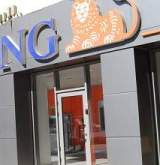
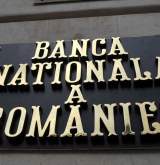




















































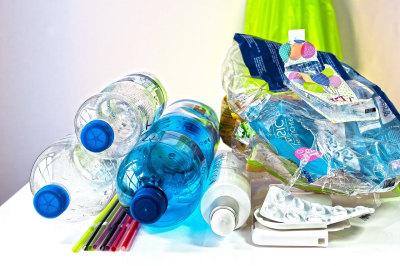
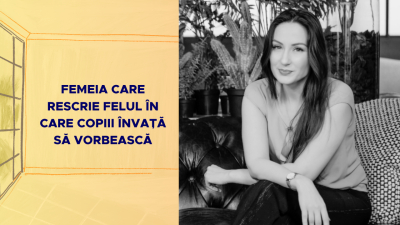








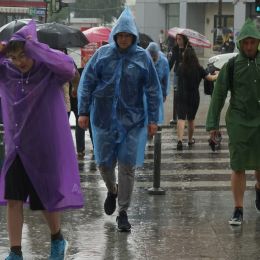







![HR [PLAY] Tech Workout - 11...](https://www.wall-street.ro/image_thumbs/thumbs/973/973fe0a3888d417feff63de42e814180-260x260-00-65.jpg?v=1714035603)



